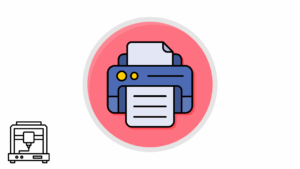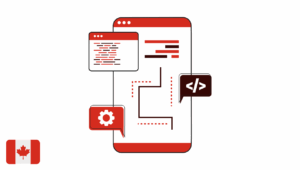In today’s interconnected world, design is no longer confined to physical products or visual art. It extends to how we experience services online, from e-commerce to government portals. The way a digital platform looks and behaves directly influences trust, usability and adoption. This is especially visible in public services, where intuitive interfaces can transform complicated processes into simple user journeys. In this article, you’ll learn all about the process of designing digital services for long-term success, when functionality meets aesthetics.
The Rise of Digital Public Services
Governments and private companies alike are investing in user-centered design for their online services. Clear typography, well-structured information and responsive layouts are no longer “nice to have” – they are essential. Without them, even the most useful service risks being underused because people find it confusing or unattractive.
Examples across Europe show how applying design thinking to public utilities improves compliance and satisfaction. Ticketing apps, online tax filing systems and transportation portals have all embraced principles long used in the creative industries: clarity, simplicity and emotional resonance.
When Functionality Meets Aesthetics- A Czech Example: Electronic Vignettes
Czechia introduced an electronic motorway vignette system to replace traditional paper stickers. Instead of buying and affixing a physical sticker, drivers register their license plates online and pay the toll digitally. This modern approach required not only robust infrastructure but also a user-friendly website that communicates rules, prices and validity periods clearly.
For travelers and designers alike, platforms such as dalnicniznamka.cz illustrate how careful web presentation can make a regulatory process transparent and efficient. Clear navigation, accessible language and mobile responsiveness ensure that both local and foreign drivers can complete their purchase without friction. It’s a case study in how design supports functionality in a high-stakes public service.
Design Principles in Action: Designing Digital Services
The success of digital services like Czechia’s electronic vignette system demonstrates key principles of modern UX design: minimize steps, present information visually, and anticipate user questions. Icons, color cues and straightforward calls to action reduce cognitive load. Multilingual support expands accessibility. Together, these details elevate what could be a bureaucratic obligation into a smooth, almost invisible process.
Designers working in the private sector can learn from such examples. Whether building a gallery site, an illustration portfolio or a client booking platform, the same rules apply: combine strong visual identity with intuitive structure. This alignment builds trust and encourages repeat use.
Design today is not only about how something looks, but about how it works. Digital services that merge aesthetics with usability achieve higher adoption and satisfaction. By studying well-executed examples – from government portals to creative marketplaces – designers can apply these insights to their own projects. The future belongs to experiences that are both beautiful and functional, proving that good design is at the heart of every successful service.








